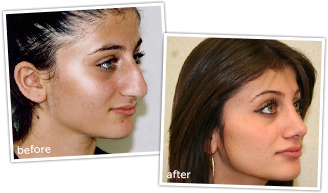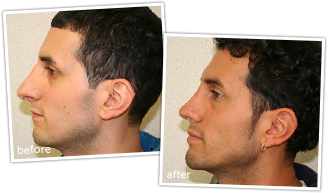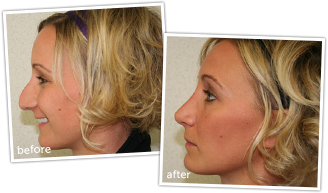How to Prepare for a Breast Augmentation

Are you unhappy with the appearance of your breasts? Breast augmentation is a surgery performed to increase breast size and projection. Also called augmentation mammoplasty, this popular procedure involves placing breast implants under the breast tissue or chest muscles to increase breast fullness.
Breast Augmentation – How to Prepare
The breast-augmentation procedure begins with a consultation with Dr. Gikas. The consultation will feature a discussion of the medical condition of the patient, any medications currently being taken, any allergies the patient has, and any existing hereditary health problems.
These factors will help Dr. Gikas determine whether the individual is suitable for the procedure and whether their medical history increases the risk of certain complications.
If the individual is suitable, Dr. Gikas will help the patient choose the size of their implants depending on the overall proportions of the patient’s body. Dr. Gikas will then go into detail regarding the different types of implants available:
• Saline implants: These are filled with a sterile saline solution.
• Silicone implants: These are filled with silicone gel.
The incision location will also be discussed with the patient. Dr. Gikas will suggest the best option based on the type of implant and the desired results. The incision options include:
• Inframammary incision: An incision made in the natural crease under the breast.
• Periareolar incision: A borderline incision made around the areola.
• Transaxillary incision: An incision made in the armpit.
• Transumbilical incision: An incision made in the bellybutton. This option is not suitable for silicone implants.
The position of the implant relative to the chest muscle will also be discussed:
• Subglandular: The breast implant is placed between the breast tissue and the major muscle of the chest.
• Subfascial: The breast implant is positioned beneath the fascia of the major muscle of the chest.
• Subpectoral: The breast implant is positioned beneath the major muscle of the chest after releasing the inferior muscular attachments.
• Submuscular: The breast implant is positioned beneath the major muscle of the chest without releasing the inferior origin of the muscle.
Dr. Gikas will recommend a baseline mammogram before the surgery, and he may recommend that the patient change their usual medications. The patient will be asked to stop smoking for a while before the surgery. A general anesthetic is typically used during the procedure.
After Surgery
The patient may experience soreness and swelling after the surgery, which is very common after breast augmentation. Dr. Gikas may recommend a compression bandage or supportive bra for extra support and to help control swelling.
Patients must avoid strenuous activities for at least four weeks after surgery. Painkillers may be prescribed by Dr. Gikas after the surgery.
Make an Appointment for a Breast-Augmentation Consultation
If you’re interested in giving yourself the breasts you have always wanted, take the first step and schedule a consultation with Dr. Elias Gikas, a well-respected board-certified plastic surgeon. Dr. Gikas will be happy to meet with you and answer any of your questions during a consultation.



